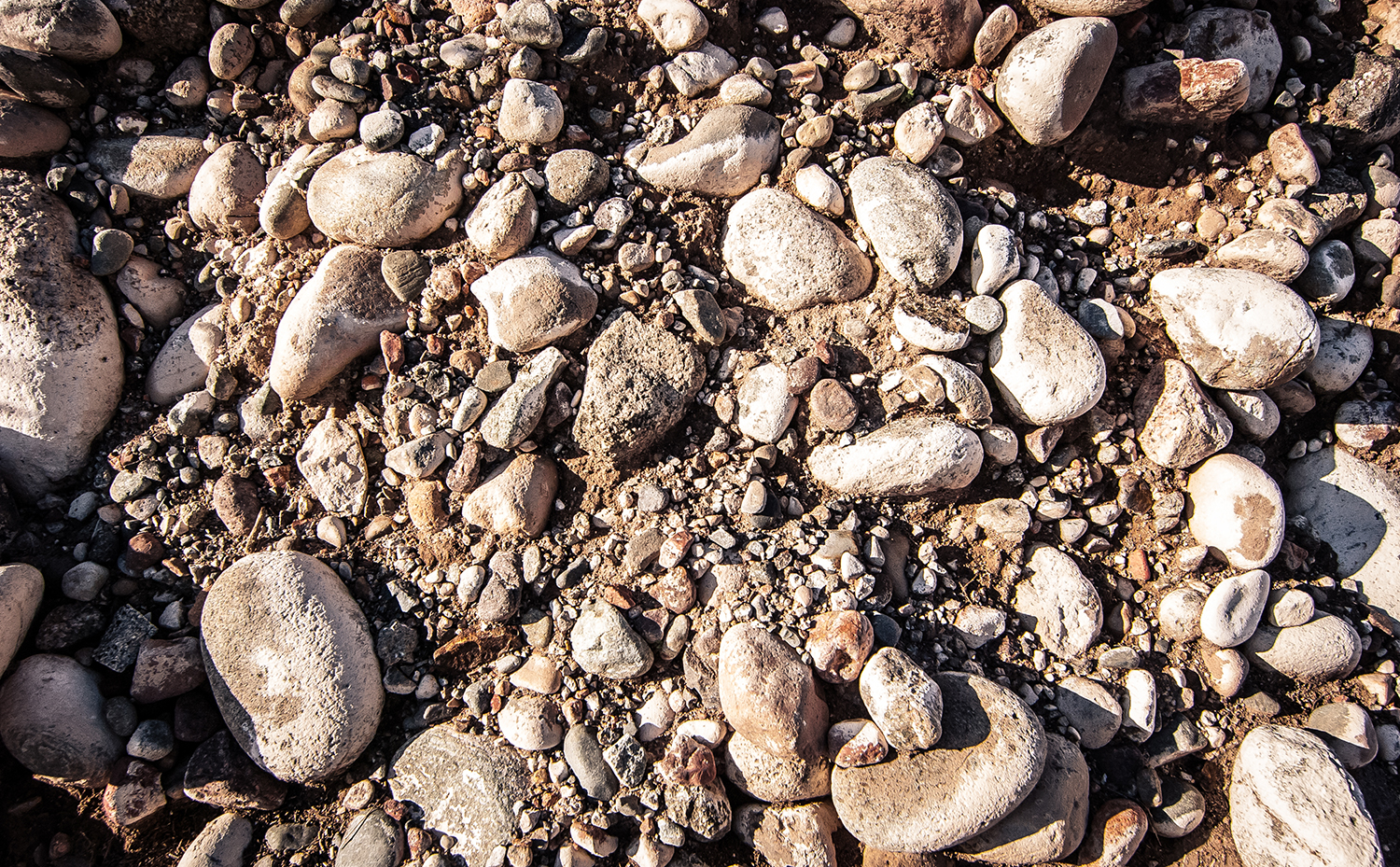Terroir Project
Our Method
The Altos las Hormigas Terroir Project stems from the idea that the main creative force behind the wine is its place of origin, and not the winemaker.
Mendoza history has gifted us with four centuries of local viticultural heritage, and we believe that Malbec is the best vehicle for this Terroir. Our project is aimed at showing how diverse its expression can be as we move across this vast and wonderful region.
It was widely believed that quality in Mendoza was all about altitude of the vineyards and good practices in the vineyard.
Our method departs from this vision, and identifies each Terroir Unit on the base of its climate, soil structure and morphology.
Based on the work of our Terroir Specialist, Pedro Parra PhD, a clear reading of the Terroir Unit is the differential tool of our approach.
This process requires three steps:
1. Define Terroir Units: a clear understanding of how Terroir works in the different climates of Mendoza is crucial for naturally balanced grapes (ripeness and natural acidity).
2. Map Them: a good map is a basic tool. Wines are made in the vineyard and confirmed in the vat.
3. Farm by Terroir Unit: keeping the different units separated is crucial to understand their character and how wines from a certain Terroir type evolves.
Taste with your Mouth
As Jackie Rigaux teaches, Terroir wines are to be judged in the mouth with our tactile sense. It is a different approach to evaluating wine that he calls “Geo Sensing” or tasting the land. Tannin quality and persistence cannot be technically reproduced, they are a product of Terroir unicity.
Viticultural Tradition and Winemaking Innovation
To further develop Mendoza Terroir tradition, its viticultural heritage must be treasured. Careful vine selections of Malbec have been realized by generations of viticulturists, in their old, intuitive ways of working the vineyard. Whereas winemaking style follows knowledge and innovation. Our innovation is firmly rooted in the character of each special site that we have identified as: diverse with a specific, unique and delicious profile. Only respect and patient listening to the message of Terroir can lead us toward our goal. Minimal intervention, indigenous yeasts, minimal extraction, neutral oak ageing, minimal SO2, and so forth, all these guidelines are to be followed to let Terroir speak.
Limestone
Since 2006 Altos Las Hormigas has been focused on limestone soil vineyards to produce its high end Malbecs. Our technical team’s vast experience and knowledge of Mendoza Malbec has led us to the Valle de Uco, with its mountain-influenced climate and limestone soil profiles, as the most promising combination to attain wines of superior Terroir expression and ageing potential. When you savour such wines, vinified with a gentle hand, the texture and the aftertaste cannot be mistaken with anything else. It’s pure Terroir.
Biodynamics
Biodynamic approach to viticulture is still a controversial issue. For Altos Las Hormigas it is a practice dictated by our Terroir driven approach. Since we want the place of origin to express its personality in the wine, we must nurture life in the soil. Naturally this requires that the Estate and vineyards be part of a self-contained environment that creates its own fertility. Biodynamic viticultural is a mentality geared towards our goal. We are interested in these practices not only in theory, but also because we have seen it at work in many places, with amazing results.
Winemaking
Every intervention on a wine means a step away from its origin. No intervention is impossible, but we try to do as little as possible in winemaking. Minimal extraction, neutral oak, natural yeast and very little sulfites… are just a few practices that guide us in what we do. We also seek naturally low alcohol through harvesting as early as possible, based on soil type.
The other side, Anti Terroir:
Many voices in the industry claim soil influence is irrelevant and believe that wine can be made in almost any place. They believe that an experienced winemaker can overcome all challenges based on technique, and view climate and soil as problems to deal with in order to achieve the style of wine they are seeking. This is the Anti Terroir school of thought: vinify a product, and obtain the desired characters regardless of the region’s natural features of climate and soil.
When Man believes he is able to achieve anything he wishes for and manipulates all other forces towards this goal, he loses his connection with reality around him and the wines he produces lose all sense of place. Terroir work on the other hand, eagerly listens to the responses of the place and the vines, and uses this information as indications to move forward in accordance and cooperation with the plant and the environment.
Conclusions: a work in progress
Our long journey in the wine world has led us to believe that the ultimate creative force of wine sits in the place of origin. Nature is much more creative and diverse than man, and the bag of tricks of a winemaker cannot compete with billions of years of geology and climate, and thousands of years of viticulture. Terroir is really a way of looking at wine and at winemaking, and therefore pursuing Terroir translates into an endeavor that never ends. Every vintage we feel that we are moving one step forward, and getting closer to a soulful expression of Mendoza, and a full accomplishment of its unicity. Stay tuned.

